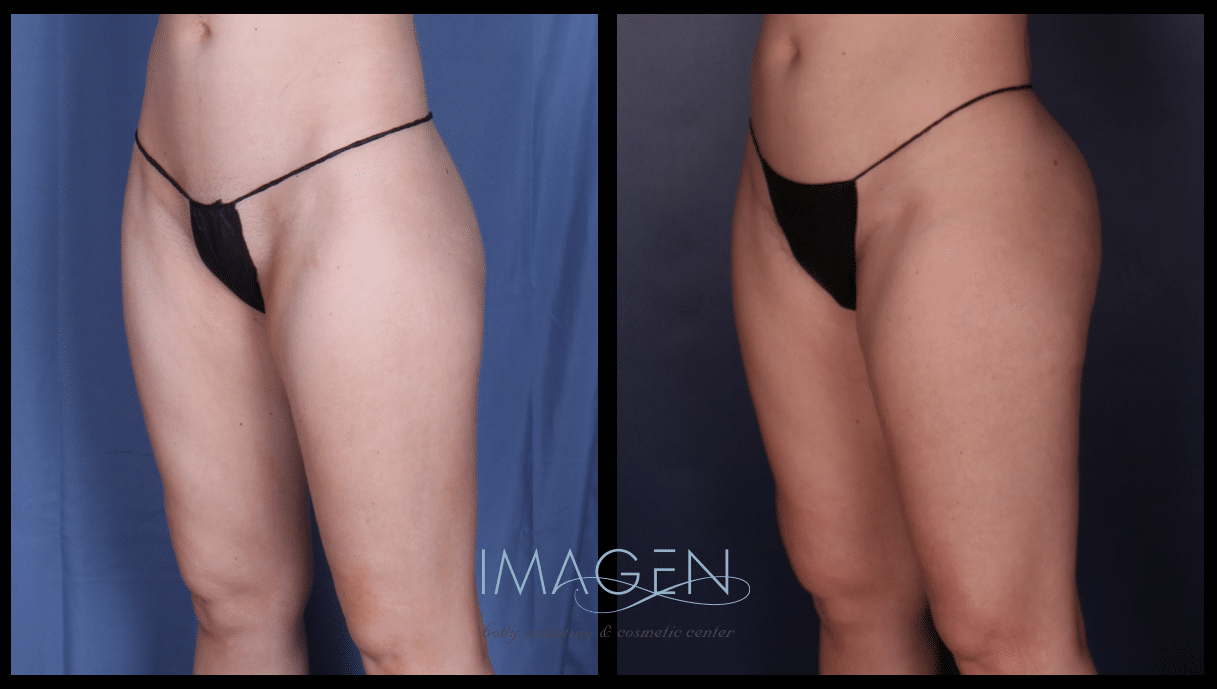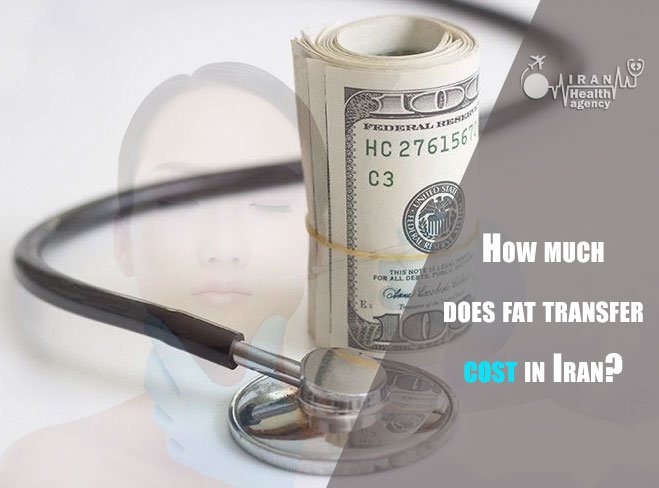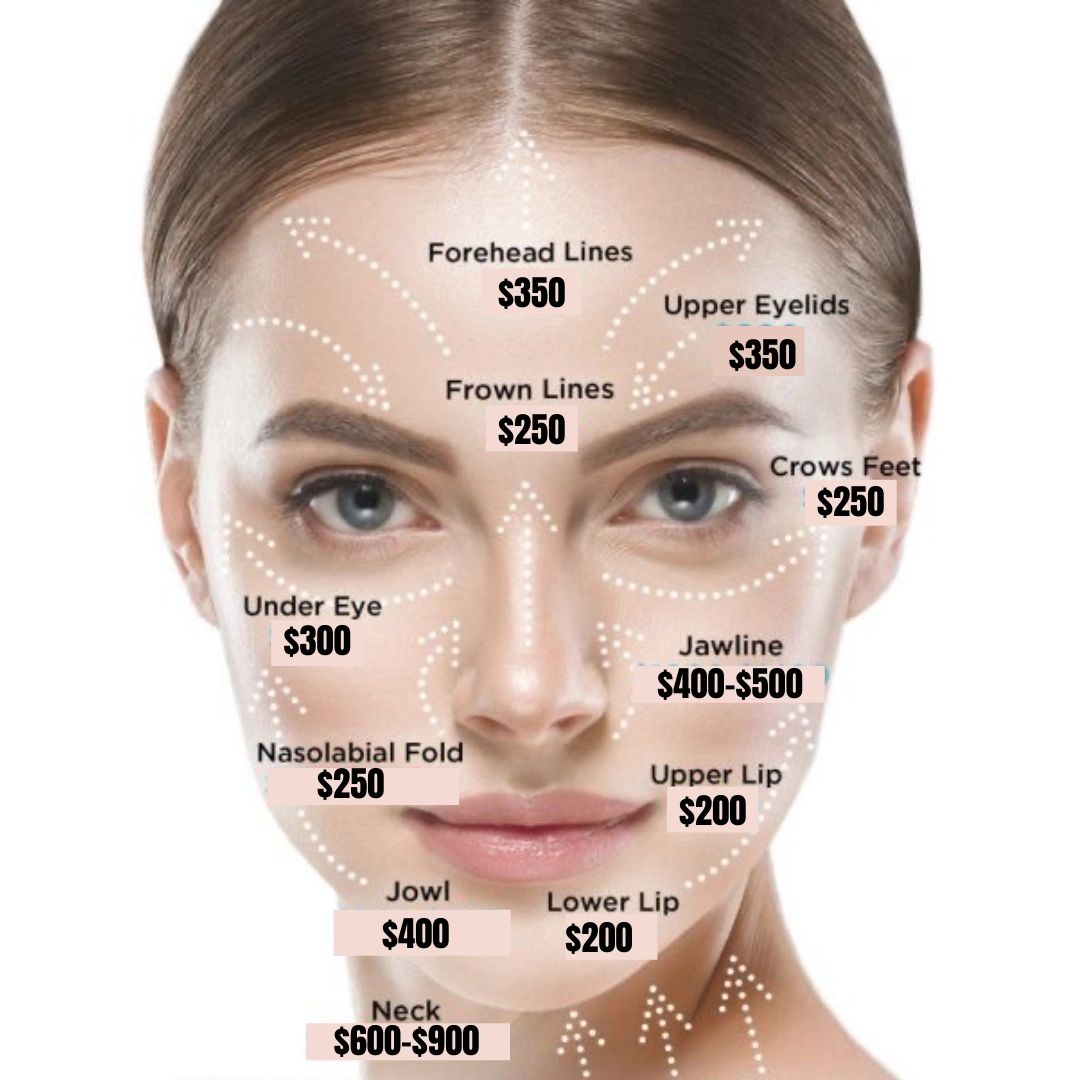
Hooded Eyelid Surgery is a procedure to remove excess tissue and skin from the upper lid area. This procedure enhances the appearance and functionality of the eyelid area. This procedure is often chosen by patients who wish to enhance their appearance and improve their vision. You may experience blurred vision due to droopy eyes.
Blepharoplasty
Patients suffering from hooded and droopy eyelids may be able to have blepharoplasty. Blepharoplasty can improve the look of hooded eyelids. It is typically performed in an outpatient environment. Although the procedure is very safe, patients should expect some recovery time. After blepharoplasty, patients are advised to wear dark sunglasses and avoid strenuous exercise. The first few weeks following the procedure are vital for recovery. Patients should arrange to have someone drive them to and fro the surgery, as well as to be there for them on the first day. While blepharoplasty is generally well tolerated, bruising and infection may occur after the surgery. As needed, the patient should use over-the-counter pain medication.
Blepharoplasty is a procedure to remove excess fat from the eyelids. The procedure is designed to improve the appearance and function of the eyelids, restoring their full range vision. Patients can undergo this procedure while awake or under local anesthesia. If desired, it may be combined with an eyebrow lift.
Botox
Botox can be used as a cosmetic procedure to improve the appearance or hooding of your eyelids. The treatment is a more conservative option to surgery, and it can be performed with minimal downtime. The levator muscle is weakening and causes ptosis (also known as hooded eyes). This condition can also be a result of habitual pulling on the eyelids, especially when wearing makeup.

Patients with a slight drooping eyebrow or hooded eye are best candidates for the procedure. Botox may also be used in certain cases to lift the eyelid. Botox can be used in cases of hooded vision to lift the eyebrows' outer tail. This lifts the upper eyelid, revealing a tiny amount of skin. Botox treatment can last from two to three month.
Cucumber
Sliced cucumber is a common home remedy to hooded, clogged eyelids. It is easy to fit over the orbital bone because of its high water content. The cooling effect of the cucumber slices will reduce puffiness. Others may also prefer frozen steak. Either of these home remedies can help reduce the amount of blood flowing to the eye area.
Cucumber slices applied to the eyelids may reduce puffiness. They can also make the eye area look firmer and tighter. Cucumbers, rich in vitamin A and folic acids, can reduce puffiness and droopiness by stimulating the growth of new cells.
Upper eyelid Surgery
Blepharoplasty, also known as upper eyelid surgery or blepharoplasty is a wonderful way to improve the appearance and shape of sagging eyelids and hooded eyes. The procedure is simple and produces natural-looking results. If someone's vision is affected by drooping or sagging eyelids, this procedure may be necessary. Caroline Hirons, who suffered from a drooping eyelid that had affected her 75 percent field of vision, underwent surgery in 2016.
Before undergoing any cosmetic surgery, a patient should discuss the costs and benefits with his or her surgeon. A typical procedure can cost between $4,000 and $5,000. These costs include the surgeon's fees, facility fees, anesthesiologist’s fees and post-operative care. Sometimes, insurance covers all or part of the procedure.

Results of hooded surgery for the eyes
Hooded Eyelid Surgery involves the removal of excess skin and tightening eyeslid muscles. The procedure is also known as a blepharoplasty. You can have it done on the upper or lower eyelids. This procedure is for people who are in good health. It's designed to improve vision and appearance.
The skin around our eyes can start to wrinkle and become more puffy with age. This causes a feeling beneath our eyes that is heavy. Hooded or swollen eyelids could be due to genetics. However, many younger patients wish to improve the appearance and function of their eyes.